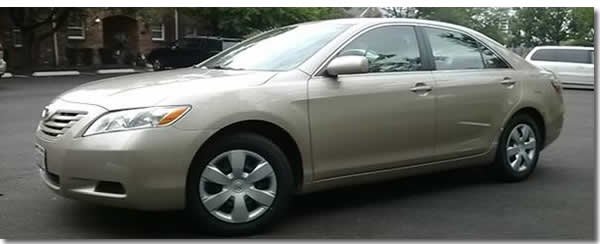Wonder why I am having to add so much oil lately? Last oil change was on 3-2-2021 at 144,612 miles, about 5,000 miles since the previous change. But then on 4-2-2021 after only 2,697 miles in 1 month, I had to add a quart. Then on 5-11-2021 after only 881 miles, I had to add another quart.
And finally, on 6-4-2021, today, after only 900 miles (at 149,090, I had to add yet another quart. No leakage, so apparently the motor is simply burning it up. How serious is this, and what might be the cost of repair? –Thanks!
That is quite a large amount of oil being consumed. 3 quarts of oil being burnt in less than 5,000 miles. There would be a considerable amount of blue smoke coming from the exhaust at the very least at start up. Also the catalytic converter would become clogged and no longer perform as needed. Is there a check engine light on? It would be almost impossible for the Air/Fuel ratio sensors to function properly with so much oil passing through.
Should your engine actually need to be replaced you will need to get an estimate from the shop/dealership you are planning to have the work done. The engine size will make a difference in pricing. But lets say it is a 3.5L V6 engine. Just labor time is about 18 hours. Where as the 2.4L engine requires 15 hours labor to replace the engine. Find out the shops labor rate per hour and this should give you a better idea of the cost involved.

Thanks, but this is indeed a rather slight reply. Yes, we do occasionally note some blue smoke from the exhaust upon startup. But not often. And by the way, we use only Pennzoil platinum full synthetic sae ow-20 oil. At about $7.00 a quart, this isn’t really a huge price to pay for driving about 900 miles, if necessary, and assuming that the condition doesn’t significantly worsen. But why are you suggesting that engine replacement is apparently the only option? Are there no other options?
PS: No, there is no “check engine” alert. And we note no other problems with the car. Actually, this car is a beauty. It runs like a new Cadillac. I don’t know what is the function of a “catalytic converter.” What is the function of a “catalytic converter,” and if that is a problem, how would we know? Could that be the reason for the increased oil consumption, and if so, might that be repaired?
I will give it a shot at explaining myself a little better. The catalytic converter is part of the exhaust system. The catalytic converter is a government mandated attachment that is supposed to aid in emission relief. The inside of it is made up of tiny woven platinum.
So if there were a lot of oil being shoved through the engines exhaust, say 3 quarts of oil in less than 5,000 miles, the tiny holes would become clogged. This would produce an odd smell(rotten egg) and cause a check engine light to come on. The light would come on typically displaying a P0420 Catalytic Converter malfunction. The malfunction could be but not limited to a clogged converter, O2 sensor or wiring.
Since this is not the case for your issue, you do not need to worry about the converter.
The occasional smoke on start up generally indicates worn valve seals. Blue smoke all the time or on heavy acceleration would indicate more of worn piston rings.
A test that can be performed would be a compression test. Each cylinder is tested individually and compared to one another. If one cylinder is out of range of more than 20 psi, that would indicate the issue cylinder/s. For example, 4 cylinders test @ 110 psi of compression and the other 2 cylinders test @ 60 psi. The 2 cylinders with the low compression have an issue. Disassembly will be required at this point to confirm the exact cause.
Typically a used engine even with low standards will only burn about 1 quart of oil in 5,000 miles. Consuming 3 quarts, I would park it with a piece of cardboard under it for starters and comb the underside looking for any sign of an external leak. And mark the drain plug so that only you know the oil isn’t being removed/drained.
Of course you can continue to drive it the way it is as long as you keep the oil level topped off.
Comments are closed.